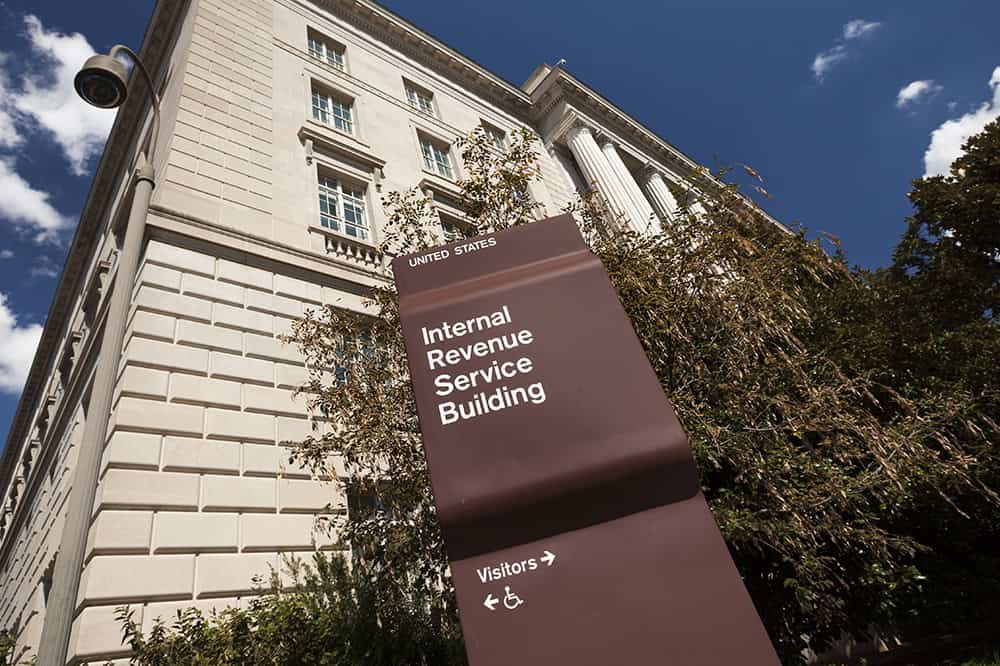The corporate income tax — a tax levied on the profits of corporations — is a key part of America’s overall fiscal picture, representing the third-largest category of revenues for the federal government.
The Tax Cuts and Jobs Act, enacted in December 2017, reduced the federal tax rate on corporations to 21 percent, a decrease of 14 percentage points from its previous level of 35 percent. However, many corporations pay far less than the statutory tax rate due to a range of tax expenditures, which include exclusions, exemptions, deductions, and credits that reduce total tax liability. Also known as loopholes or tax breaks, these expenditures add up to billions of dollars every year.
Revenues from corporate taxes have been declining as a share of the economy, in part as a result of lower tax rates but also tax avoidance generally. The United States collects fewer revenues from corporations, relative to the size of the economy, than many other advanced countries. Corporate taxation must be part of the consideration for how to shore up the nation’s fiscal outlook.
Below is a selection of key charts on corporate income taxes in the United States and how they fit within the federal budget.
Attribution Policy: If you would like to use any of these charts, please credit the "Peter G. Peterson Foundation" and provide the pgpf.org website URL and hyperlink. If you would like to include one of our charts in a commercial product, please email copyright@pgpf.org.
Further Reading
Should the U.S. Change the Corporate Tax Rate in 2025?
Here’s why lawmakers lowered the corporate tax rate in 2017, how the lower rate impacted the U.S., and how the rate might be reformed in 2025.
Eight of the Largest Tax Breaks Explained
Tax breaks totaled over $1.9 trillion in 2024. That’s more than the government spends on Social Security, defense, or Medicare and Medicaid.
The U.S. Forgoes Hundreds of Billions of Dollars Each Year Due to Unpaid Taxes
Cracking down on the tax gap would not only introduce more fairness into the system, but it could be a big help for our nation’s fiscal imbalance.


